Coniferous trees (Deodars, Pines, Spruce etc.) thrive abundantly in various locations throughout my region. Having spent extensive time among villagers and foresters, I have come to comprehend the complex sentiments surrounding these. Interestingly, these trees evoke a dual response of both adoration and disdain among the majority of individuals I have encountered.
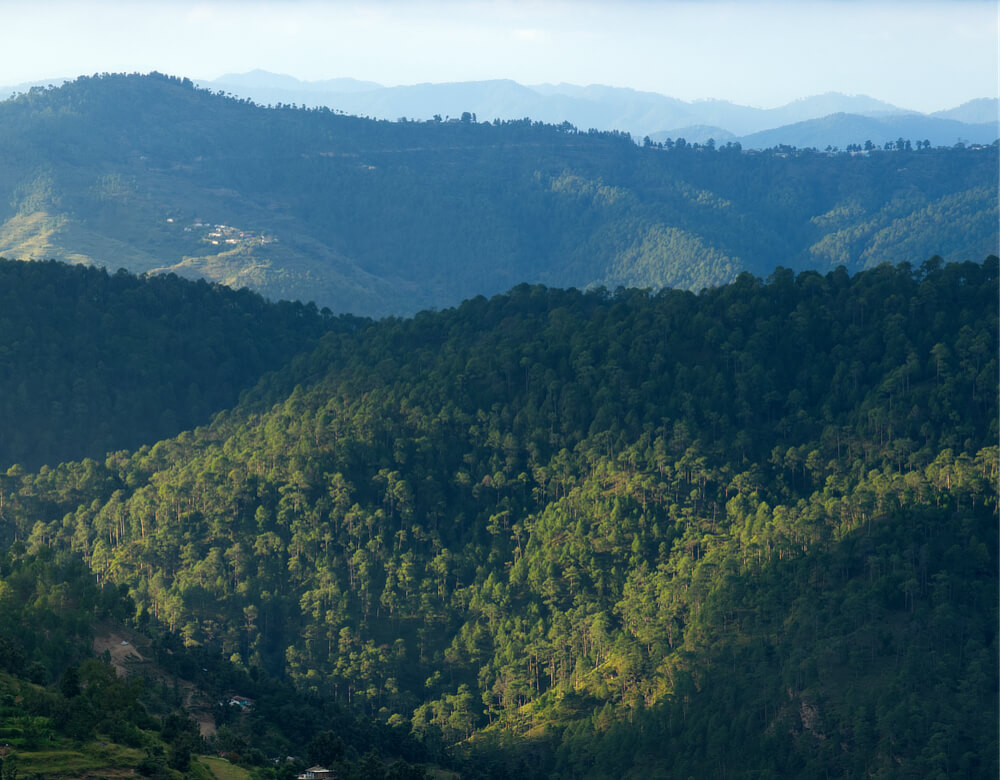
They possess a remarkable ability to grow tall and exude a sense of majesty. Undoubtedly, the conifers rank among the most stunning trees in this region. With their elongated, slender needles and coveted cones, most confirers are undeniably a sight to behold. In fact, the absence of conifers within the forests of this region renders them incomplete, as if a vital element is missing.
Yes, they do shed a lot of needles and these needles turn the soil acidic. Nothing seems to grow underneath, or that’s what the people think. But, Rhododendrons seem to have a deep love affair with pines. They grow wherever there are pines. Azaleas are also similar to Rhododendrons when it comes to love for pines. In fact, there are a whole lot of acidic soil-loving trees that grow well along with various conifers.
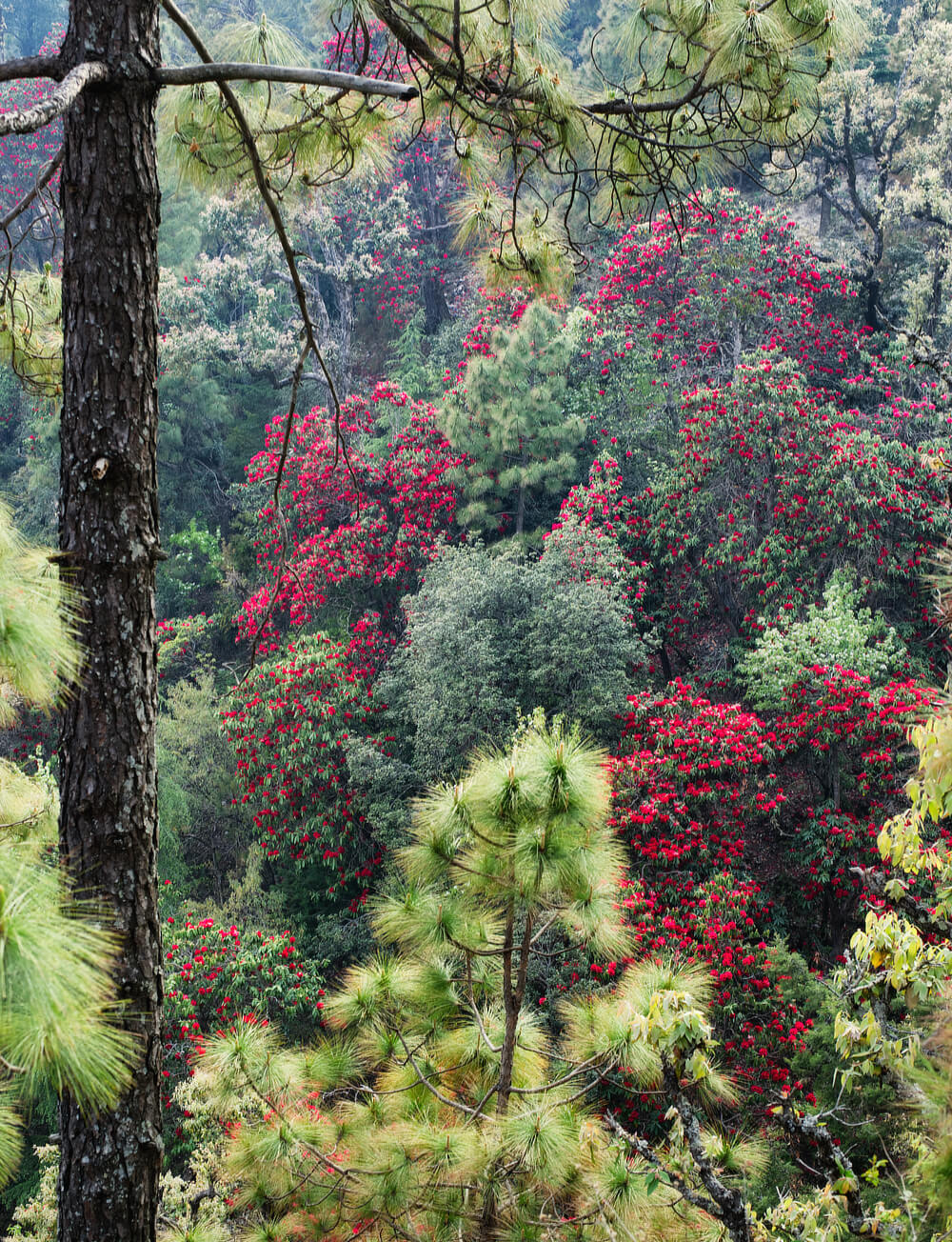
Dried pine and deodar needles possess high oil content, making the forests susceptible to rapid and intense wildfires when such incidents occur, especially in summers when large stacks of dry leaves of deciduous trees also lie all around. Unfortunately, a misguided solution adopted by some individuals is to hastily cut down these majestic conifers, often overlooking the fact that human activities are the primary cause of forest fires. A mere carelessly discarded match or cigarette has the potential to ignite an entire forest. While some claim that even glass bottles can spark fires, I find this doubtful. It is common for people to ignite fires themselves and attribute them to natural causes when they spiral out of control. They might assert that a bolt of lightning initiated the blaze, but in reality, lightning strikes are highly unlikely to start forest fires, since in the rainy season when they typically occur, the foliage is already very wet. Similarly, the notion that falling rocks can spark fires is erroneous. In truth, rocks only fall as a consequence of fire when the roots supporting them are destroyed, not the other way around. Forest fires in coniferous forests do not arise from falling rocks. It is crucial to refrain from blaming these beautiful trees for the occurrence of forest fires.
The responsibility for such fires lies in the failure of effective fire control and management strategies, rather than an abundance of pine and other coniferous trees. Interestingly, I recently came across an article mentioning how foresters in a different region are promoting the cultivation of pines and harnessing their resin through a borehole method. In this case, pines are not unfairly scapegoated, and a sustainable approach is being employed. It is essential to recognize that conifers such as pines and fallen pine needles do contribute to the vulnerability of forests to fires, but it is almost always human activities that act as the ignition source.
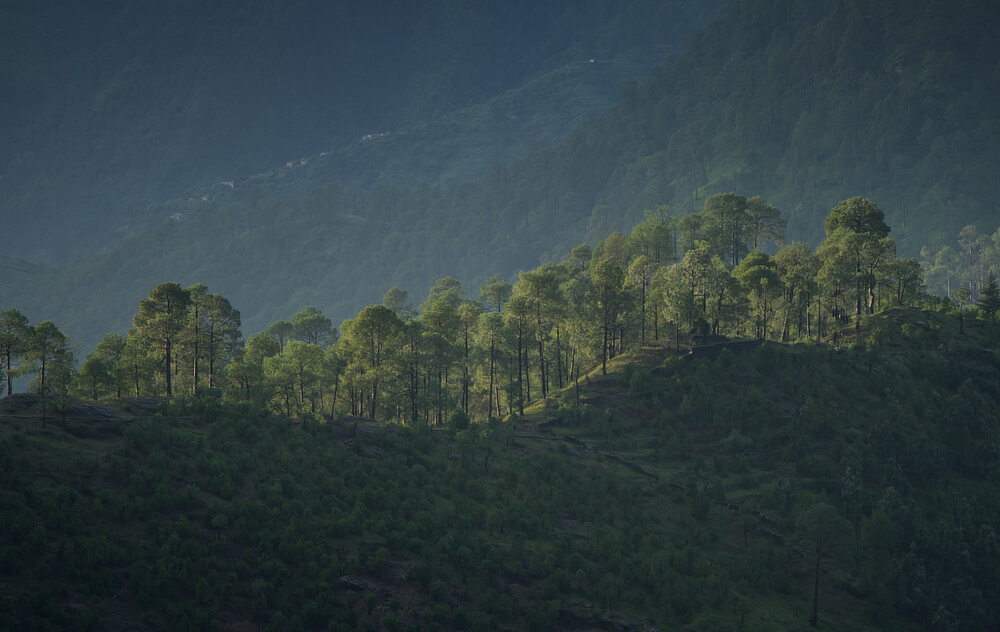
Coniferous trees exhibit a remarkable adaptation with their deep-rooting system, enabling them to thrive even in areas with limited water availability. Despite the aridity of the surface soil, these resilient trees possess the ability to endure by tapping into deeper water sources. Their extensive roots play a crucial role in binding the soil, preventing erosion, and maintaining its stability.
Interestingly, conifers initially evolved in high-altitude regions where abundant rainfall occurred. Their leaves developed unique characteristics designed to withstand harsh weather conditions, including cold temperatures, heavy rainfall, and snowfall. Over millions of years, these trees have acquired remarkable survival skills, and as a result, their deep-rooting capability allows them to flourish in regions that would otherwise be considered dry.
This adaptation showcases the incredible resilience of coniferous trees, enabling them to expand their range and colonize environments with less moisture.
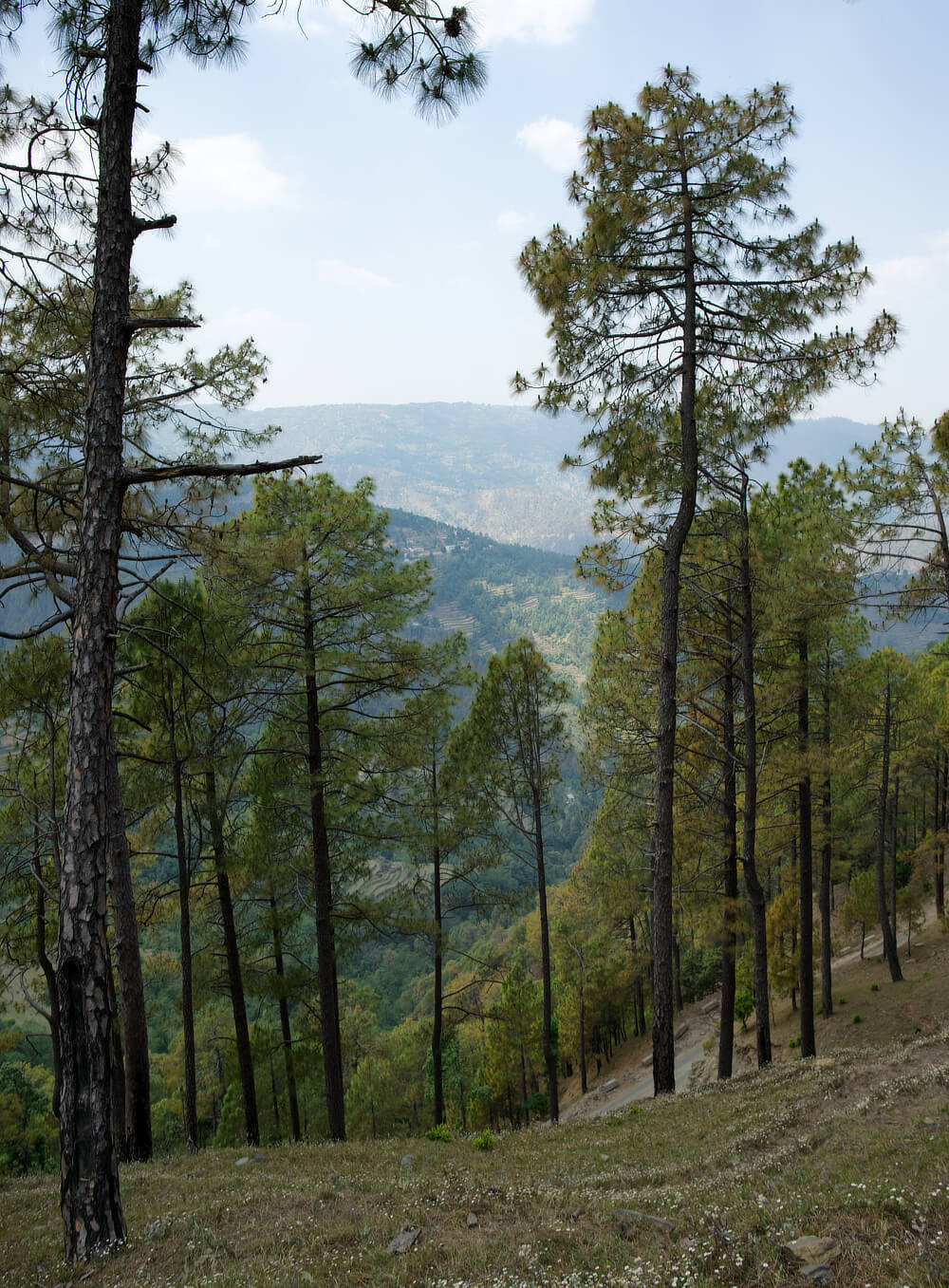
The impact of coniferous trees, especially pines, on rainfall and soil moisture levels is an interesting topic. While these trees have thin leaves (needles) and, therefore, transpire less moisture compared to broad-leaved trees like oaks, their presence in forests does not necessarily result in reduced rainfall. In fact, conifers such as pines emit terpenes, a chemical that can stimulate moisture to condense and precipitate as rain. This means that in forested areas where conifers also exist, the release of terpenes can actually contribute to rainfall.
However, if you live in hilly regions and are concerned about insufficient rainfall, planting more broad-leaved trees alongside conifers can be beneficial. The combination of conifers and broad-leaved trees creates a synergistic effect, as broad-leaved trees release moisture through evaporation while conifers release terpenes. This combination enhances the chances of experiencing ample precipitation. Moreover, having a mix of deciduous and coniferous trees helps maintain a healthy water table.
In essence, allowing the forest to grow undisturbed with a diverse mix of trees, including both deciduous and coniferous species, is the ideal approach. This balanced ecosystem fosters the right conditions for evaporation, terpene release, and subsequent rainfall. Such a harmonious blend of trees not only contributes to a magical precipitation process but also helps prevent a decline in the water table.
By promoting a diverse forest composition, we can harness the natural interactions between different tree species to create a more sustainable and resilient environment.
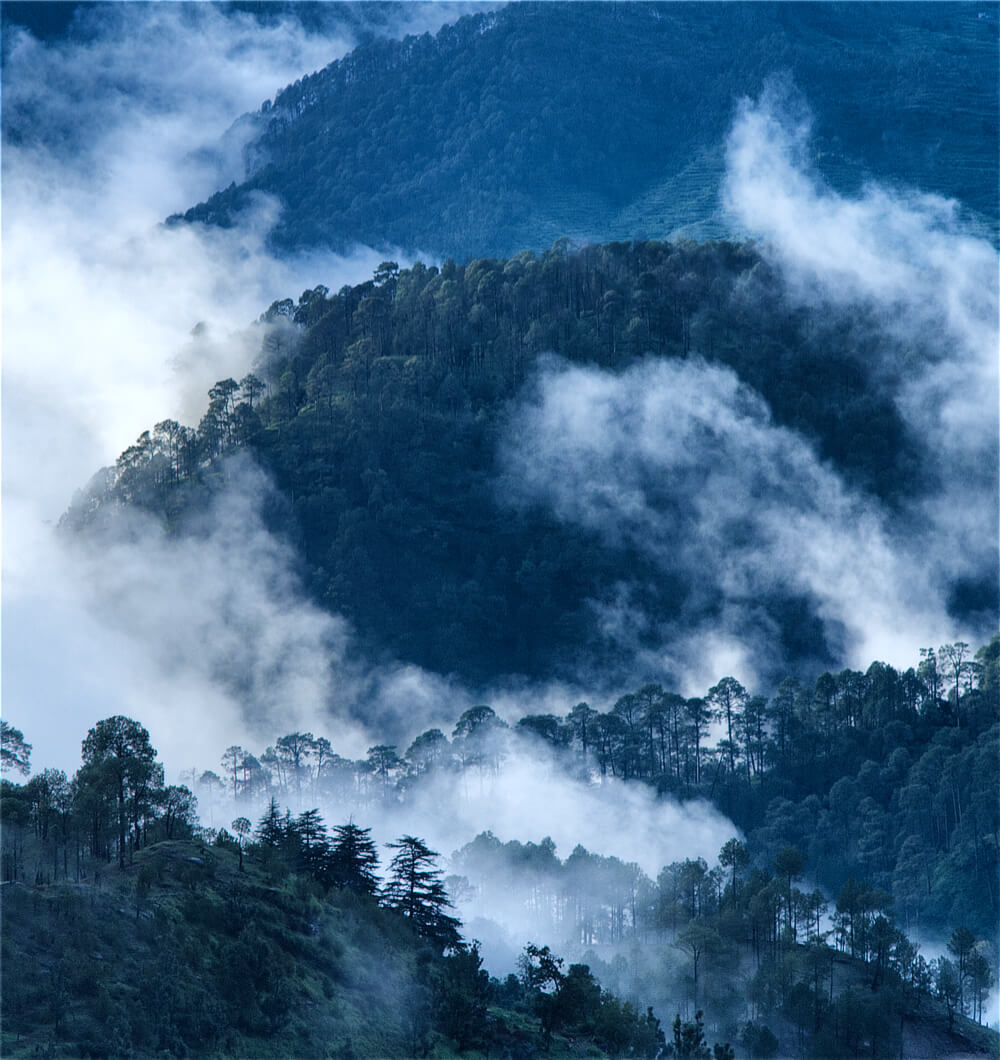
A friend of mine pointed out that wherever he has seen pines, they are basically just pines and nothing else. There are three reasons for this:
- Conifers have deep roots, and can grow where other deciduous trees can’t. It’s easy to explain Mangroves in Sundarbans or even tall Cacti in Arizona, US. The excessive water in Sundarbans or dry climate in Arizona is easily seen and felt. When it comes to conifers on the hills, it’s hard for us to visualize how deep the water might be in the soil and how deep the roots might be.
- Deciduous trees like oaks suffer merciless pruning for fodder and eventual felling for firewood, while conifers remain untouched. Cattle show little interest in their oily needles, allowing their seeds to quickly take root and dominate the forest as other foliage diminishes. Yet, this dominance is short-lived. Soon, conifers will be unjustly blamed and chopped down, with the wood illicitly smuggled for construction purposes.
- The planting drive that took place a few decades back! Many mono-culture forests comprising solely of pines were established decades ago with the aim of producing bio-diesel, making them artificial rather than natural forests. I strongly oppose the existence of such monoculture forests as they do not align with the natural growth of forests. Additionally, the absence of broadleaf trees in these forests leads to a reduction in rainfall.
- Conifers, especially Spruce and Deodars, do try to inhibit the growth of some other foliage, in the same manner as rhododendrons, bottle brush, walnuts, and hundreds of other trees and plants do. It’s a competitive world and they would have developed this capability over a few million years. The effect is very minimal in dense forests to make any actual effect in the manner that we see around us. All the coniferous ‘mono-cultures’ around us are due to the first three factors.
If you’ve visited our region, I encourage you to take a slower drive through the Dhari-Dhanachuli area next time while coming to our place. Take a moment to gaze into the dense forests and witness the harmonious growth of pines alongside rhododendrons and a variety of other trees, including oaks. However, I’m uncertain about how long this beautiful mix will persist given the lack of concern people show towards these forests. A trip to Jageshwar Dham will also leave you mesmerized by the mighty Deodars (Cedars). High up in our region, we also have a forest with a mix of coniferous trees (Thuja and Deodars) and deciduous trees.
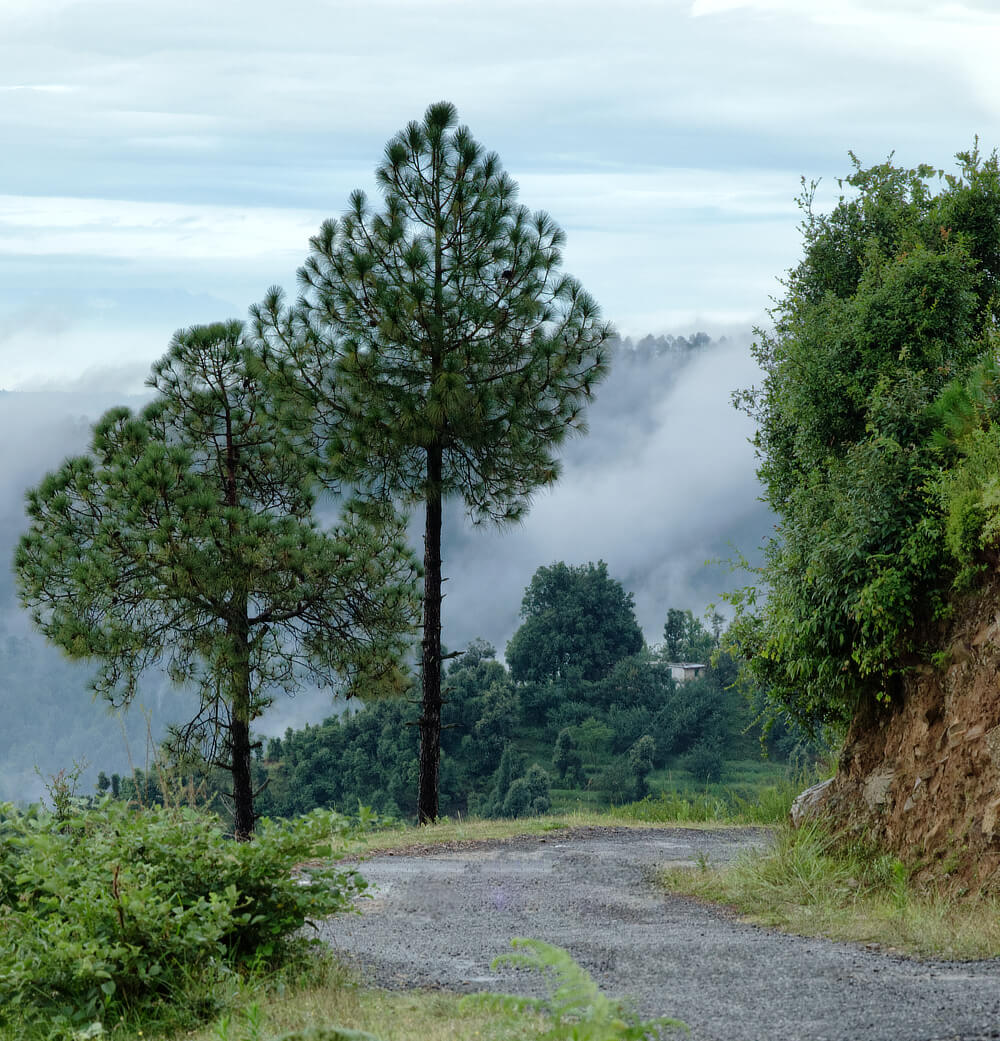
At times, I can’t help but sense an enduring conspiracy that manipulates perceptions towards conifers. The act of chopping down conifers, especially pines seems to lack any guilt, perpetuated through generations and eroding the collective mindset. Among the countless individuals residing in the hills, only a few stand in support of preserving pines, while the majority are eager to fell them. Conifers find utility in various aspects of housing, from flooring and roofs to window frames, furniture, and even as firewood.
Chipko movement? Well, most of those people who started that are dead and so are their ideas. Sadly, though it started in this part of the globe, people are now oblivious to when trees are cut down, especially when they happen to be conifers.
Deodar – the tree of Gods? Not anymore. Even this gets chopped down next in line, after the pines.
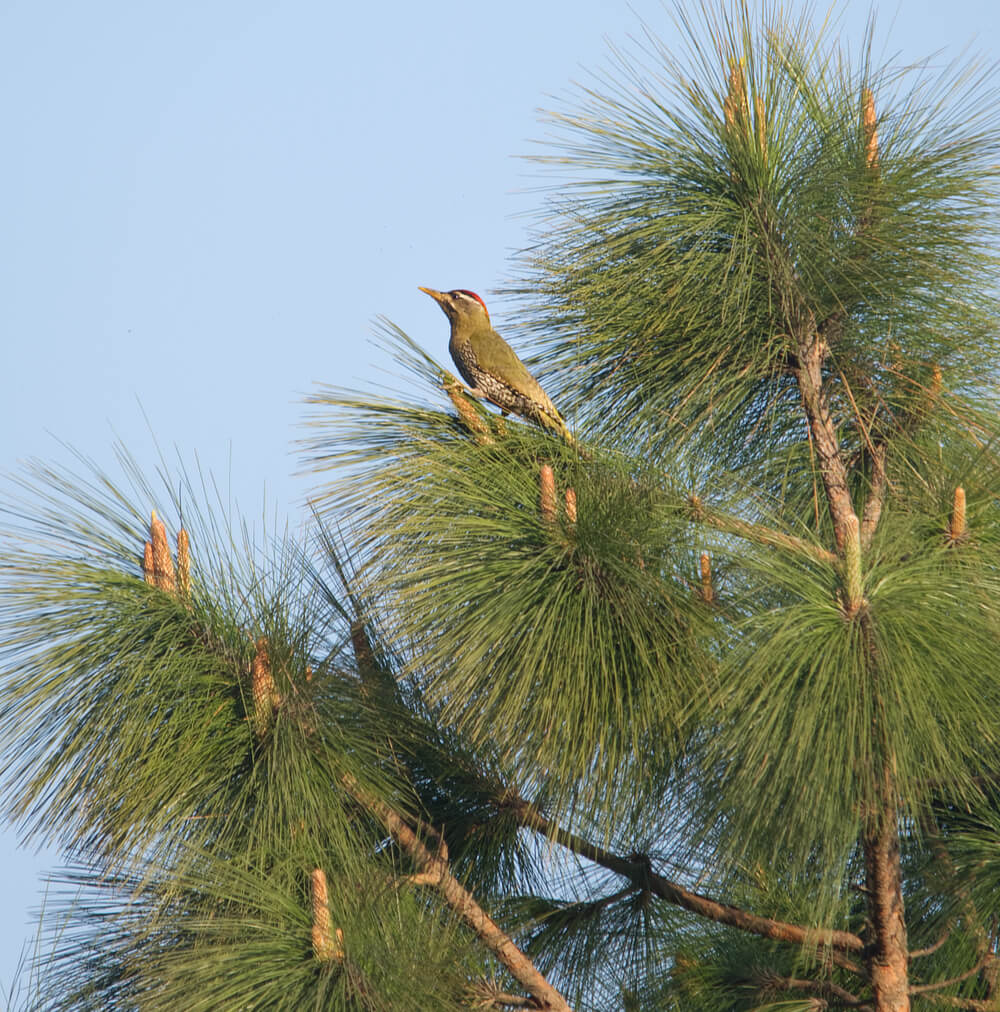
Did you know that coniferous trees are extremely useful in medicine too? The gum from the pine tree is useful in oral ulcers, cuts and bruises of the skin, and skin infections. Gum from Deodars is useful in skin aberrations and burns
Walking in the coniferous forests is also good for breathing problems. A long time ago, when medicine was not much advanced, foresters and observant people identified this and as a result, a lot of sanatoriums were built in the regions populated with these conifers. The terpenes that these conifers release are beneficial for health.
The needles can be used to create fuel, building material, and even soil enrichment products.
Turpentine oil comes from pines. Deodar resin is used for high-end polish and for maintenance of expensive violin strings.
Yes, these trees also burn fast and make good fire starters, but I recommend buying firewood from sustainable plantations for this purpose rather than going for the nearest pine tree.
Cones and wooden flowers from conifers look good in any home. And, come Christmas, these trees can be decorated right where they stand. No need to bring them inside.
Their roots hold the soil also very well. I am yet to see serious landslides in coniferous-forests. They are actually good when it comes to binding soil.
Conifers play a vital role in the ecosystem. The seeds within their cones are highly prized by squirrels and birds. The soft wood serves as a welcoming habitat for some insects that are then sought after by woodpeckers, while insects, including solitary bees, find refuge in the tree’s bark. The fallen needles create a protective cover for ground-dwelling insects and serve as mulch for young trees, nurturing their growth on the path to reaching majestic heights.
… and the smell. That heavenly smell of moist pine needles on earth, with a mix of that smell from the tree-gum, the crisp cool mountain breeze, and an occasional mix of sweet smells from Acacias and wild Apricot blossoms! Just a short walk while inhaling deeply to enjoy each and every moment in the forest, is enough to brighten up the moods and fill up with energy. And if it starts to drizzle, just stand under a pine tree. You’ll be surprised at how well it can protect you from drizzle compared to many other trees.
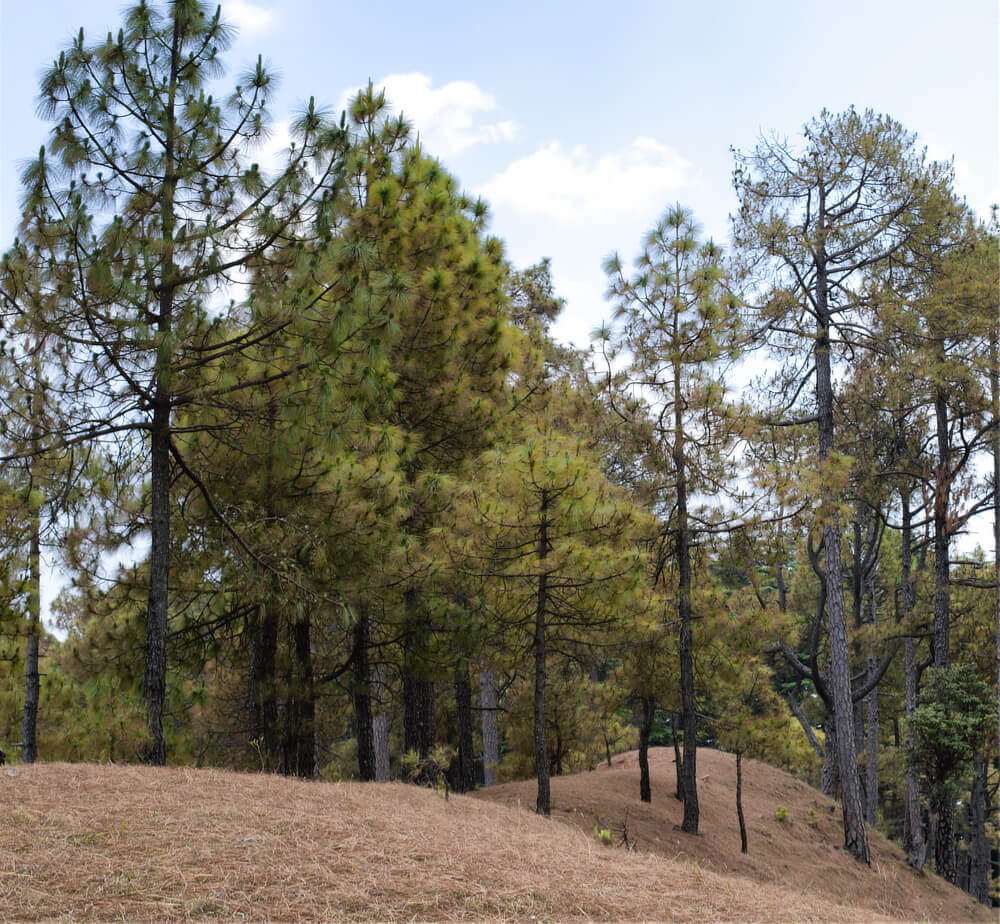
What should people or authorities do for forests having only conifers (monoculture)?
When faced with forests dominated by conifers (monoculture), chopping them down is not the ideal solution. This practice leaves the ground vulnerable to issues like soil compaction and erosion. Natural reforestation may take time as shrubs and bushes may struggle to establish themselves on such exposed ground.
Instead, I strongly recommend a different approach. Start by planting companion trees like Rhododendrons, gradually introducing local deciduous trees. Employing methods inspired by Miyawaki’s techniques, consider dense plantations if necessary. Once the forest begins to thrive, allow it to grow undisturbed for at least a decade. Restrict human and cattle intervention within the area. With the establishment of a dense and diverse forest, the concerns surrounding pine monocultures will diminish significantly.
During dry months, clean up dried leaves/needles and make broad demarcations after every few hundred meters. These are called ‘Fire Lines’. And most importantly, create awareness among people to prevent forest fires.
